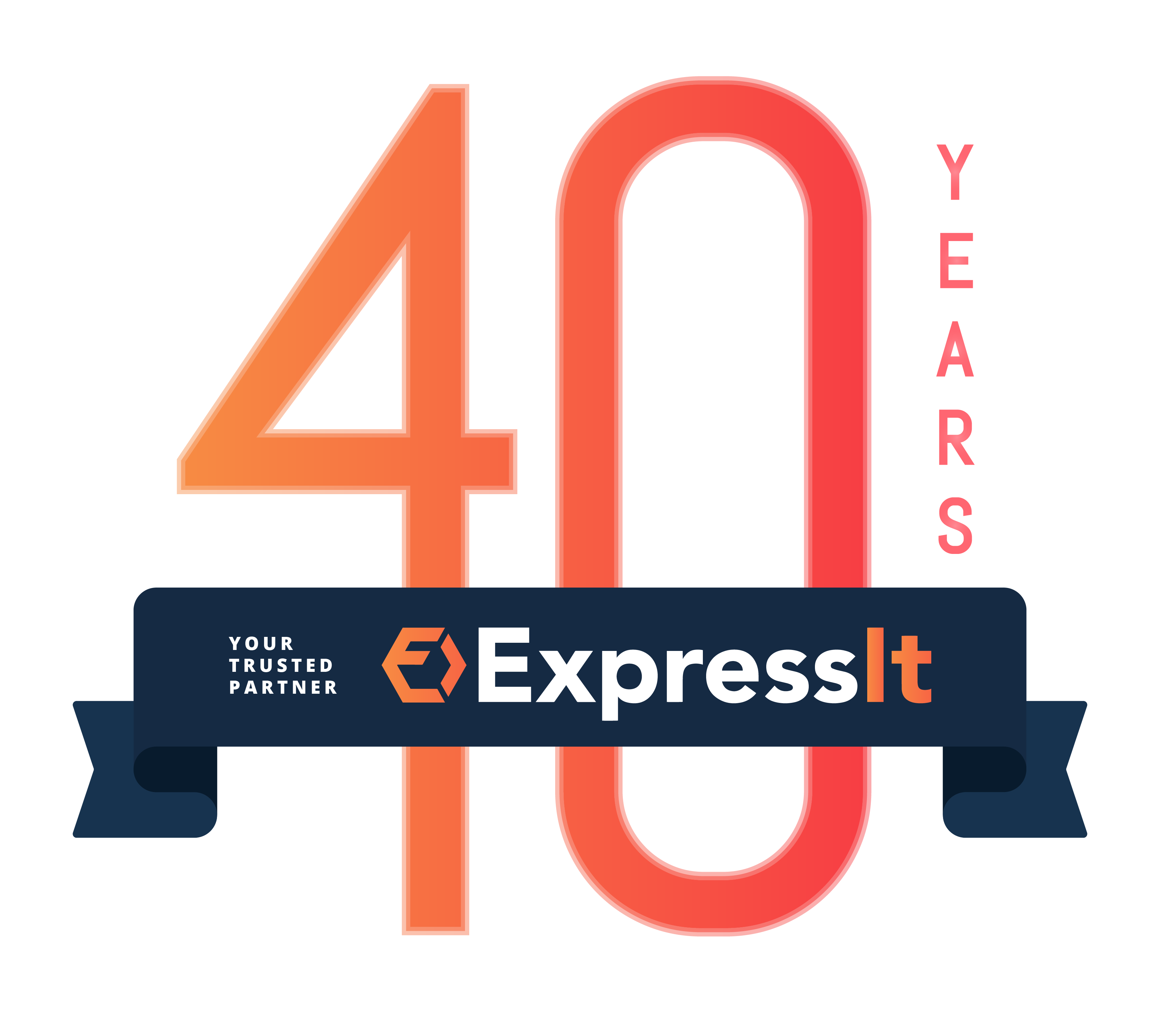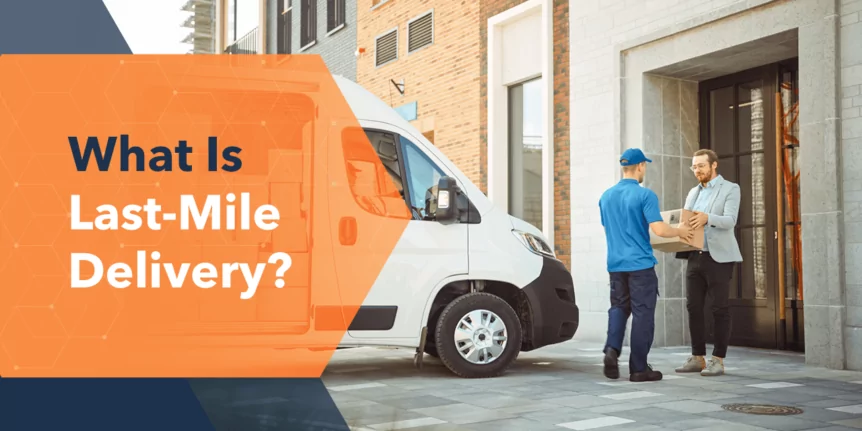With more and more consumers demanding nearly instantaneous delivery services, businesses are struggling to meet their customers’ expectations. In particular, the final step of getting a package to a customer’s doorstep — known as last-mile delivery — can be especially challenging for companies, depending on their location, size and scope of operations.
In this article, we’ll go over what last-mile delivery is and how to overcome any obstacles that stand in the way of providing this benefit. Keep reading to discover last-mile delivery solutions to optimize your business.
Last-Mile Delivery Defined
Also known as final-mile delivery or white-glove delivery, last-mile delivery is the final step of the process. A package moves from a transportation hub or warehouse to its final destination, which is typically a retail store or personal residence. Last-mile delivery aims to deliver parcels to the customer as quickly and efficiently as possible while keeping company costs low.
Last-mile delivery is essential to the supply chain process because it is the step that gets the product into the customer’s hands. Specifically, threshold delivery service is a type of last-mile delivery that takes the item directly to the end consumer’s doorstep, no matter how large or heavy it is. Threshold delivery providers take care to situate the parcel safely in a dry and protected area.
Satisfactory last-mile delivery allows a business to keep up with the increasing customer demand for fast shipping. In many cases, last-mile delivery sets companies apart from their competitors because consumers can go to a different retailer if they’re not happy with their shipping options. On the other hand, superior final-mile delivery benefits include building a diverse customer base and boosting brand loyalty.
What Are the Challenges of Last-Mile Delivery?
Efficiency is the most significant problem facing last-mile delivery. If you’ve ever tracked an order and noticed it was “out for delivery” for what seemed like an eternity, you’ve experienced the frustration of dealing with an inefficient final-mile delivery process. Most likely, you’d think twice before ordering from that company again.
Reliable last-mile delivery is essential to keeping customers happy because consumers want fast, inexpensive and reliable shipping. Companies cannot afford to disappoint their customers in this area, since most buyers won’t hesitate to take their business elsewhere if the shipping options aren’t up to their standards.
However, last-mile delivery is the most complex and time-consuming part of the whole shipping process. The final-mile delivery process needs to navigate numerous logistical factors to place a parcel in the customer’s hands, which means each step must be as efficient as possible to deliver the package on time.
These are the top three last-mile delivery challenges to consider.
1. Location
Whether a warehouse is in an urban or rural setting, it will have an assortment of obstacles to overcome. For example, warehouses in larger cities must work around increased traffic congestion. While the delivery points may be close to an urban warehouse, traffic can significantly slow down delivery time.
On the other hand, rural areas face the issues of vast expanses between delivery points. Delivery destinations could be several miles apart, with only a few packages going to each one. These distances hinder efficiency because the effort required to transport parcels is not proportionate to the costs it takes to move minimal products.
2. Company Size
A business’ size also affects its last-mile delivery process. A larger company will have more orders and delivery routes to juggle each day. In contrast a smaller company will need to figure out a cost-effective way to reach target destinations while delivering fewer packages. Companies need to figure out the number of deliveries they can make along each route and the most efficient number of routes to take.
3. E-Commerce
As e-commerce’s popularity continues to rise, so do consumers’ expectations for their shipping services. Customers’ standards for shipping include fast delivery at little to no cost. Shoppers’ unwillingness to pay for delivery expenses is forcing businesses to cover at least some of the delivery costs themselves.
E-commerce’s growth has also dramatically increased the number of packages getting delivered each day. Online shopping has led to larger and more frequent orders, which businesses must figure out how to successfully balance. Struggling to keep up with an influx of orders exposes the inefficiencies in a company’s last-mile delivery process.
These final-mile delivery challenges call for a proven process, smart warehouse management and thorough route planning to resolve any inefficiencies. In the following section, we’ll go over various ways to improve last-mile delivery by streamlining the process.
How to Improve Your Last-Mile Delivery Process
Now that you recognize the importance and benefits of last-mile delivery, you may be wondering how to perfect the process. Below are a few tips for structuring a more efficient last-mile delivery process.
Use Route Planning
Well-thought-out route plans are crucial to cutting delivery time. While rural and urban areas present unique time and gas expense challenges, route planning can minimize these issues by accounting for location, time, traffic and vehicle capacity and coming up with the most time- and cost-effective routes.
To save you the headache of calculating the most efficient routes on your own, there are now many apps and software options available to assist with route planning. Providing delivery drivers with tech that offers real-time traffic updates can optimize route times by helping them avoid congested roads.
Provide Continuous Communication
Every company should prioritize customer service, which means maintaining excellent customer communication is a must. The modern customer wants to stay informed of the status of their order from the point of purchase to order fulfillment. Businesses can meet these expectations by updating the customer via SMS, email or both about their package’s location throughout the supply chain and last-mile delivery process.
Practicing transparent communication will decrease the number of customer service calls a company receives concerning an order’s status and increase customers’ confidence in the company’s final-mile delivery services. When a customer feels they can trust a company, they will be more likely to buy from that provider again.
Invest in Tracking Technology
To prevent losing or misplacing packages throughout the last-mile delivery process, a company needs to implement an effective tracking system. Having a reliable tracking system before the parcel leaves the warehouse enables you to easily monitor the amount of time it takes for an order to go through each step of the supply chain, from placement to delivery.
Partner With a Third-Party Logistics Provider
A third-party logistics provider (3PL) is an outside vendor that fulfills orders for companies. The product gets shipped in bulk from the company to the 3PL, which stores the product in a warehouse and handles final transportation measures like last-mile delivery whenever a customer places an order. A 3PL such as ExpressIt Delivery has the expertise, resources and proven process to enhance a company’s last-mile delivery services.
Specifically, working with a 3PL offers companies these benefits.
- Reduced Shipping Costs: Shipping a package cross-country can be expensive. Partnering with a 3PL in a high-demand area can save a company on costs by requiring less mileage and time to deliver packages.
- Minimal overhead increases: When a business suddenly sees an influx in sales volume, it can be challenging to meet the increased demand on time. Working with a 3PL enables a company to quickly expand its operations to keep up with the increased order frequency.
- More customer satisfaction: Partnering with an expert 3PL allows a business to improve its performance and profitability across the nation while keeping delivery costs low and customer satisfaction high. Because a 3PL can help reduce delivery time even in times of high demand, businesses that work with a 3PL will have happier customers, which means more customer retention and brand loyalty.
Partner With ExpressIt for Efficient Last-Mile Delivery
Last-mile delivery is crucial to ensuring customer satisfaction and a company’s success. With customized logistics support from ExpressIt, your business can maximize its last-mile delivery efficiency while keeping costs low.
ExpressIt specializes in same-day delivery and trucking services to help companies all over the country find last-mile delivery solutions specific to them. From same-day and on-demand shipping to next-day delivery and warehousing, we offer custom services to meet companies’ needs and support their operations.
If you’re ready to optimize your company’s last-mile delivery process, contact ExpressIt to learn more and receive a free quote.

